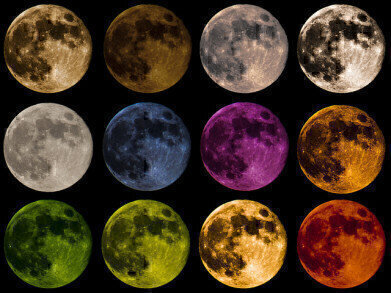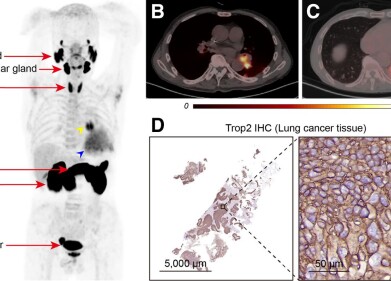News & views
Does Wi-Fi Work in Space?
Jan 21 2016
From trawling through Facebook feeds and shopping online to checking bank statements and browsing for new houses, Wi-Fi is a modern luxury that the world’s 3.17 billion internet users take largely for granted. Here on planet Earth we enjoy lighting fast connection speeds and the convenience of the world wide web, at our fingertips.
Today, internet technology is advancing at such a rapid pace that scientists are predicting that intergalactic internet could soon become a reality. The bizarre concept of Wi-Fi in outer space was pioneered by a group of researchers from MIT and NASA. Despite the logistical challenges they believe that they’ve come up with a way to establish a functional Wi-Fi connection between Earth and the Moon.
Beaming Wi-Fi to the moon
How? They’ve currently positioned four separate telescopes based at a New Mexico ground terminal. A laser transmitter beams information into each of the telescopes in the form of coded pulses of invisible infrared light, aka Wi-Fi. Together, the telescopes actively transmit the signal to the moon.
For the first time in history they’re managed to prove that astronauts could enjoy the same connectivity as earthlings. Already, they’ve successfully transferred data at a rate of 19.44 megabytes per second, and downloaded it at a rate of 622Mbps. The team is so confident that they even insist it could be possible to stream high definition videos. Here’s to never missing an episode of Homeland again!
The challenges of Wi-Fi in outer space
Of course, the project isn’t without its challenges. Mark Stevens of MIT Lincoln Laboratory revealed one of the key hurdles space Wi-Fi would face, explaining that "Communicating at high data rates from Earth to the moon with laser beams is challenging because of the 400,000-kilometer distance spreading out the light beam." He adds that it’s difficult to communicate through atmospheres “Because turbulence can bend light, causing rapid fading or dropouts of the signal at the receiver."
The NASA and MIT team is due to present their findings at California’s upcoming CLEO laser technology conference in June. No doubt it will be received with immense applause.
Industry events play an integral role in introducing new innovations. ‘Visiting the 36th BMSS Annual Meeting 15th-17th Sept 2015 BMSS Introduction to Mass Spectrometry Course 14th & 15th Sept 2015 University of Birmingham – Edgbaston, UK’ looks at one of Britain’s most prestigious scientific societies, and its commitment to educating the scientists of tomorrow.
Image via Flickr Creative Commons. Photo credits: Konstantinos Kazantzoglou
Digital Edition
Lab Asia 31.6 Dec 2024
December 2024
Chromatography Articles - Sustainable chromatography: Embracing software for greener methods Mass Spectrometry & Spectroscopy Articles - Solving industry challenges for phosphorus containi...
View all digital editions
Events
Jan 22 2025 Tokyo, Japan
Jan 22 2025 Birmingham, UK
Jan 25 2025 San Diego, CA, USA
Jan 27 2025 Dubai, UAE
Jan 29 2025 Tokyo, Japan



















